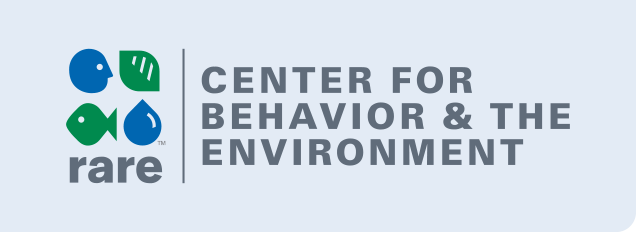Disposal is the last step of the plastic pollution life-cycle. This can include many things, from recycling and reuse to combatting litter. The following thought pieces, theories, and case studies provide a wealth of examples of how behavioral science can reduce barriers, understand values, and encourage people to dispose of plastics thoughtfully and intentionally. At the bottom of the page, you’ll see the resources and toolboxes from the home page that may help you in building your own initiatives.
Thought pieces and theory:
If you are working on…
-
-
- Recycling and disposal, check out how choice architecture, in this case how different recycling hole shapes and sizes, impact recycling. Read how making nudges visible can help increase recycling rates. Speaking of nudges, there are lots of different kinds to can improve – but some are better than others to increase recycling. Beyond nudges, social influence can play a key role in getting more people to recycle and properly manage waste in general. An in-depth literature review found that messaging that focuses on social norms can reduce plastic waste, as can well-framed choice architecture initiatives. The literature review also contains a host of other behavioral interventions related to plastic (e.g. bag bans, the power of commitment, etc.). Another meta-analysis found that both context and individual factors influence recycling behavior; specifically, perceived behavioral control, personal norms, and recycling self-identity influence if a person recycles or not. This study of Chilean school children finds evidence that environmental education and parental influence can predict proper plastic recycling behavior. In this literature review, read how, amongst other things, accessibility to recycling schemes impacts recycling outcomes. If a behavioral model is more your style, see how the Capability, Opportunity, and Motivation model (COM-B) can be used to understand peoples’ relationship with plastic waste. If you want even more behavioral model content, see this paper, which looks at the COM-B model, the Action-Actor-Context-Target-Time framework, and the Behavior Change Wheel as ways to increase recycling. Or, see how the Behavior Change Wheel was applied to compostable (bio)plastics in the UK. Finally, see this thorough chapter that follows the supply chain of plastic, including plastic recycling and management.
- Plastic cleanup, read how researchers looked the the attitudes, behaviors and barriers of UK fishers to improve pro-environmental behaviors at sea. Moreover, determining actor-behavior pairs can help streamline who does what, and when, in marine cleanups. Explore this literature review of different governance attitudes to the plastic crisis (especially in the marine world), and what the power of diverse stakeholders might mean for actual solutions.
- Upcycling, see how plastic credits may be a strong community-based solution to cleaning up pollution. Learn how art can be a powerful tool in communicating the plastic pollution problem.
- International efforts, see how behavioral science can work at scale, including within an entire nation, in solving the plastic pollution crisis, and what the Global Plastics Treaty means for future steps in combatting plastic inundation. You can see the “Zero Draft” of the Global Plastics Treaty here.
-
Case studies:
If you focus on…
-
-
-
-
- Recycling, see this study on reducing hassle factors to increase recycling in Peru or this study on recycling values and outcomes in Indonesia and Argentina. Read about Bangkok’s use of a phone app to turn recyclable plastics into cash, vending machines in China that are taking in plastic waste, and other initiatives from around the world in the Alliance to End Plastic Waste’s Our Work section. You can read how behavioral principles like offering incentives and making behaviors convenient underpin the post successful deposit-return systems. See how “inclusive recycling” and focusing on trash pickers as key actors can change the outcome of recycling program for the better.
-
- Plastic cleanup, check out how the Chilean Chiloé Islands created a Pride Campaign and used social marketing to reduce clean up disposed plastics.
-
-
-
Keep in mind that this webpage is a living one – we will continue adding relevant content as the world of behavioral science grows! If you have any thought pieces or research surrounding behavioral science and the following topics, don’t hesitate to reach out:
Waste segregation, recycling programs, deposit-return systems, community cleanup initiatives, plastic collection drives, landfill management, local collection centers, public and private partnerships and/or plastic cleanup technologies.

